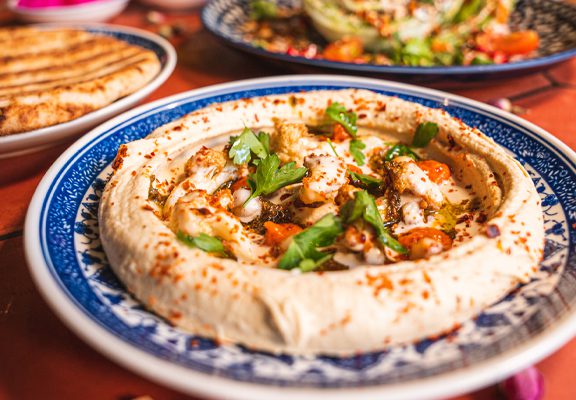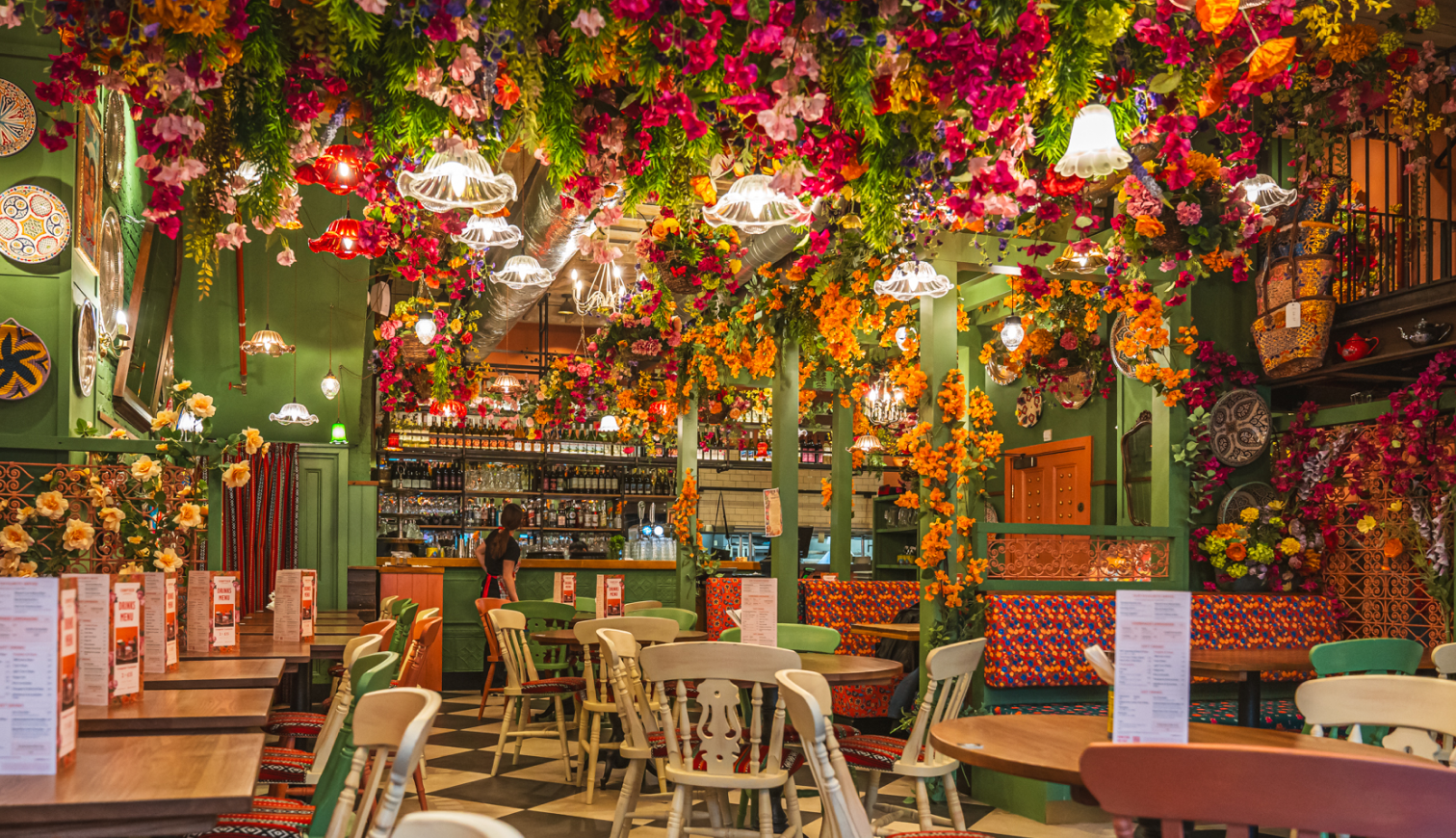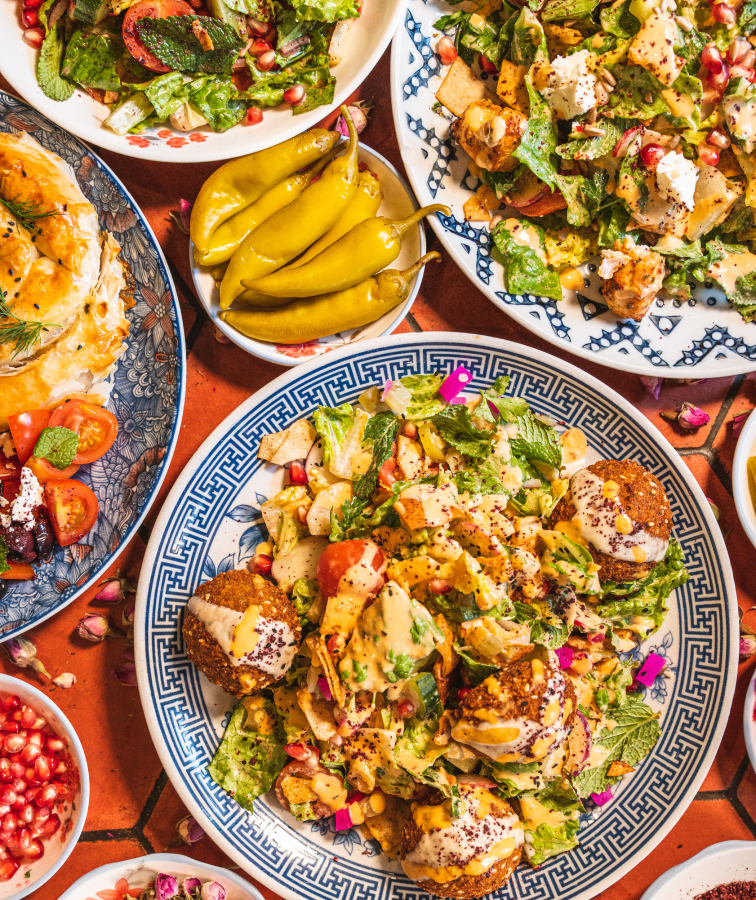

Menus



About our Menu
Experience flavours inspired by the cafes, restaurants and homes of the Middle East and North Africa.
All of our dishes are inspired by the flavours, spices and cuisine of the Middle East and North Africa. Small plates from the market, family meals and delights discovered along the way of Tony’s travels. The menu is made from recipes generations in the making, so you’ll always be served a real taste of the Middle East, North Africa and Lebanon.
We love introducing our guests to new things, so if you’re not sure on what something is, hover over the underlined words for extra information!
Show dishes suitable for:
Menu Filter:
- Main Menu
- Nibbles
- Mezze Platter
- Cold Mezze
- Hot Mezze
- Mezze Salads
- Grills
- Large Plates
- Tagines
- Open Wrap Platters
- Salads
- Sides
- Desserts
- Drinks
- Cocktails - Classics
- Spritz
- White Wine
- Red Wine
- Rosé Wine
- Sparkling Wine
- Mocktails
- Homemade Lemonades (300ml)
- Soft Drinks
- Fruit Juices (300ml)
- Beer & Cider
- Spirits
- Mixers
- Hot Drinks
- Kids
- Pick your dish
- Pick your drink
- Pick your dessert
Main Menu
Comptoir Recommends: Can’t decide? Go for a Mezze Platter!
Nibbles
- gluten-free
- vegetarian
- gluten-free
- vegan
- vegan
Mezze Platter
Hommos, baba ghanuj, quinoa tabbouleh, falafel, natural labné, cheese samboussek, flatbread & pickles
- vegetarian
- vegetarian
Cold Mezze
- vegan
- vegan
- gluten-free
- vegetarian
Hot Mezze
- vegan
- vegetarian
- vegan
- vegetarian
Mezze Salads
- gluten-free
- vegan
- vegan
Grills
Why not add Batata Harra 5.75? All grills served with Comptoir salad and vermicelli rice
- gluten-free
Large Plates
- vegetarian
Tagines
Slow-cooked stews served with vermicelli rice, couscous or quinoa
- gluten-free
- vegan
- gluten-free
- gluten-free
Open Wrap Platters
Why not add Batata Harra 5.75 or Fries 4.75? All served with hommos & Comptoir salad
- vegetarian
- vegan
Salads
Why not add a Za’atar Flatbread 3.95
- vegetarian
Sides
- vegan
- vegan
- vegan
- vegetarian
- vegan
- vegan
- vegan
- gluten-free
- vegan
Desserts
- vegetarian
- vegetarian
- vegetarian
- gluten-free
- vegetarian
- vegetarian
- for one 5.95
- for two 9.95
- vegetarian


